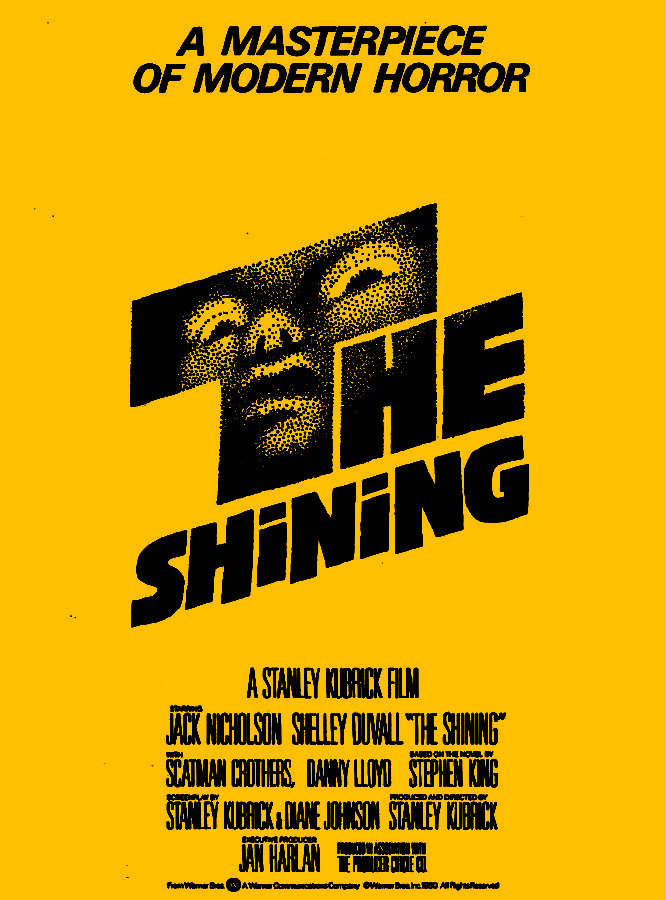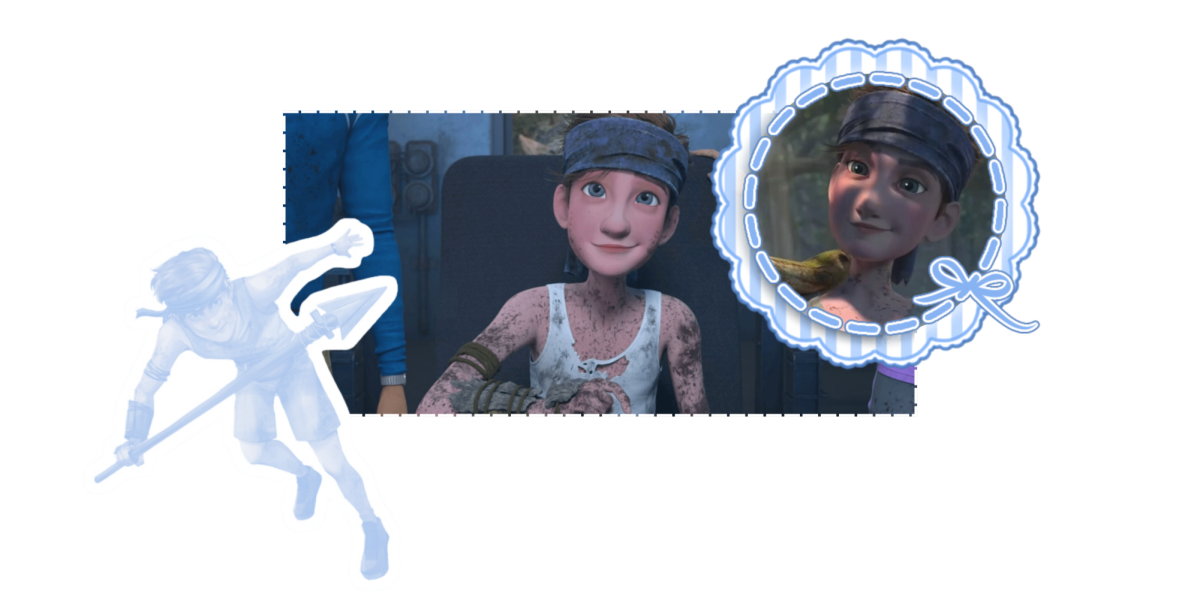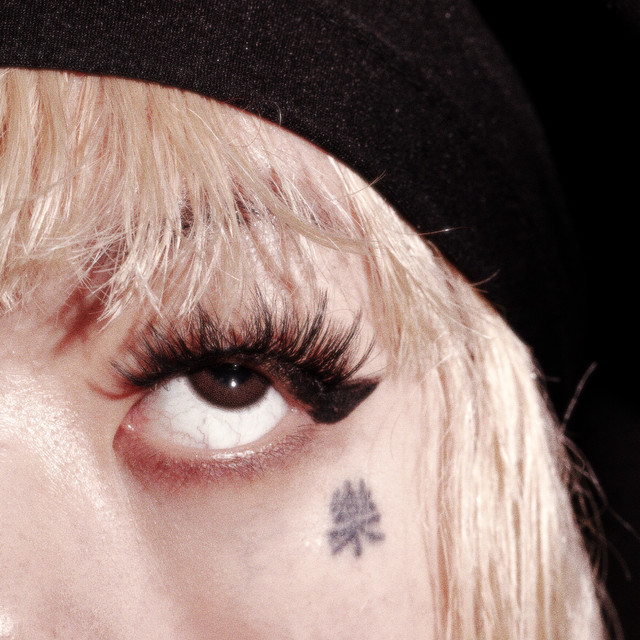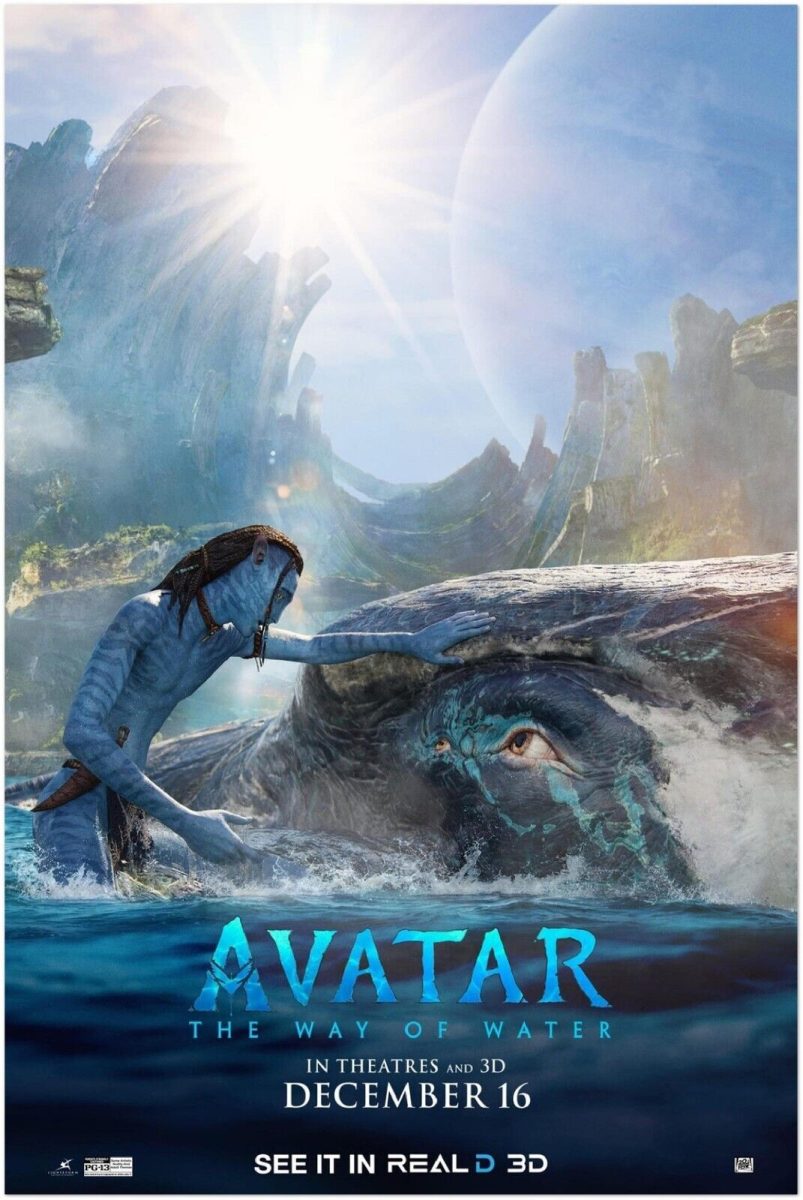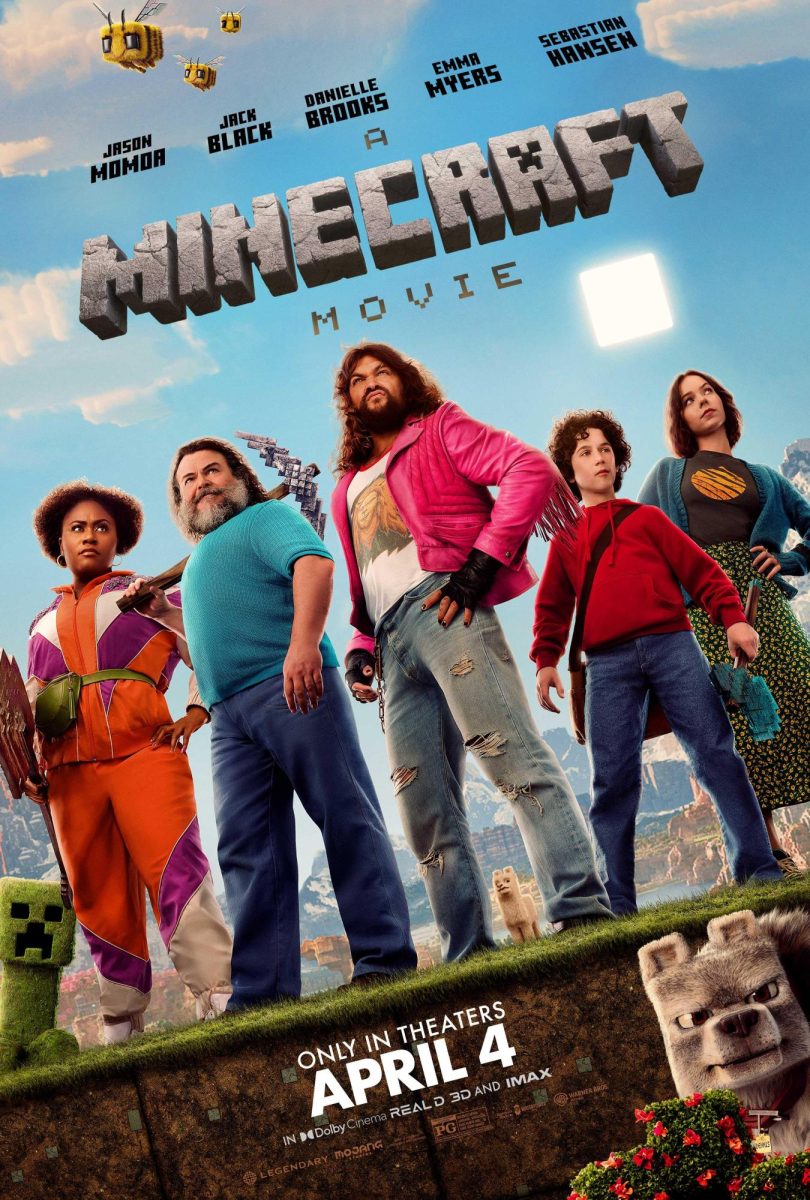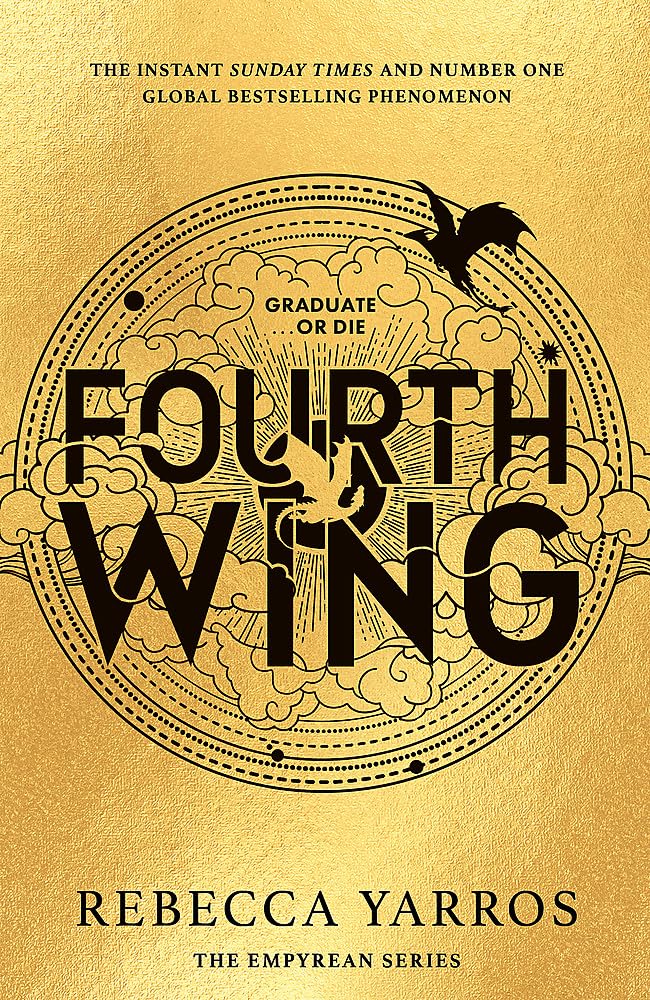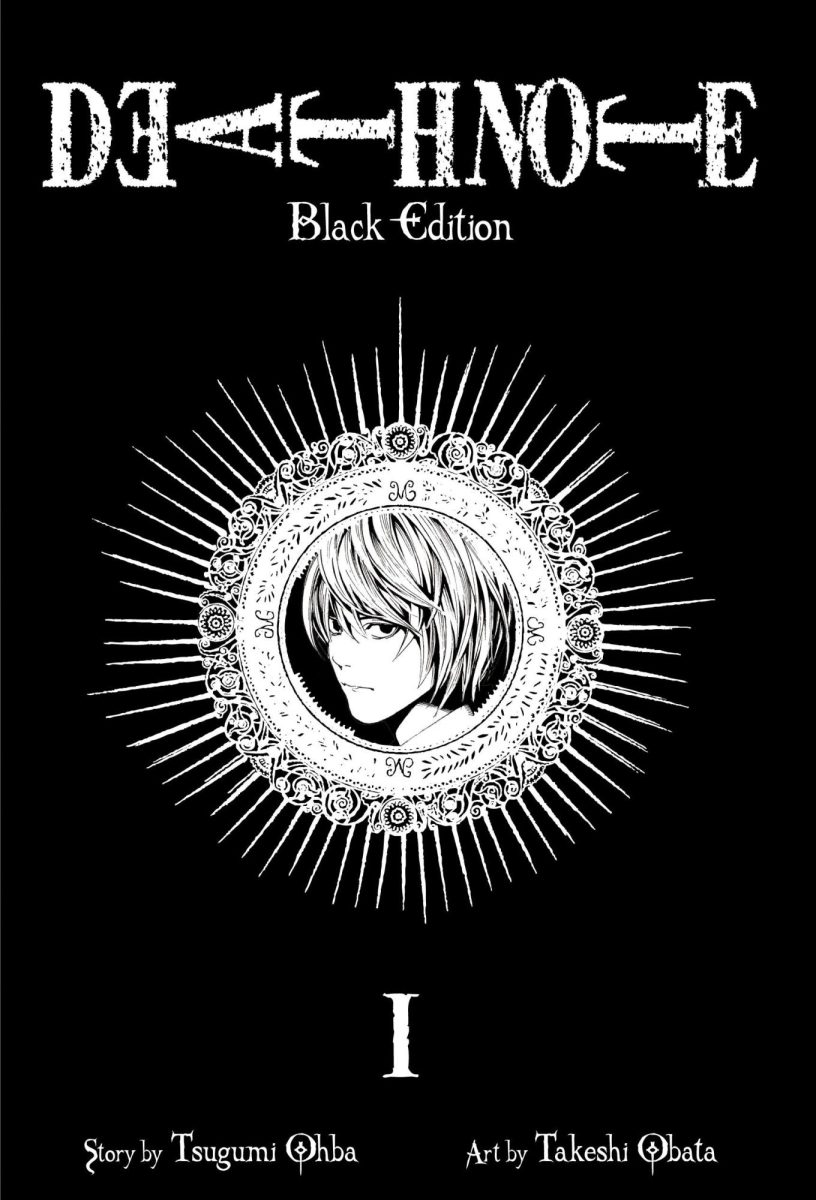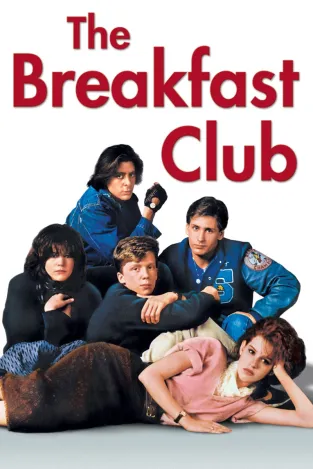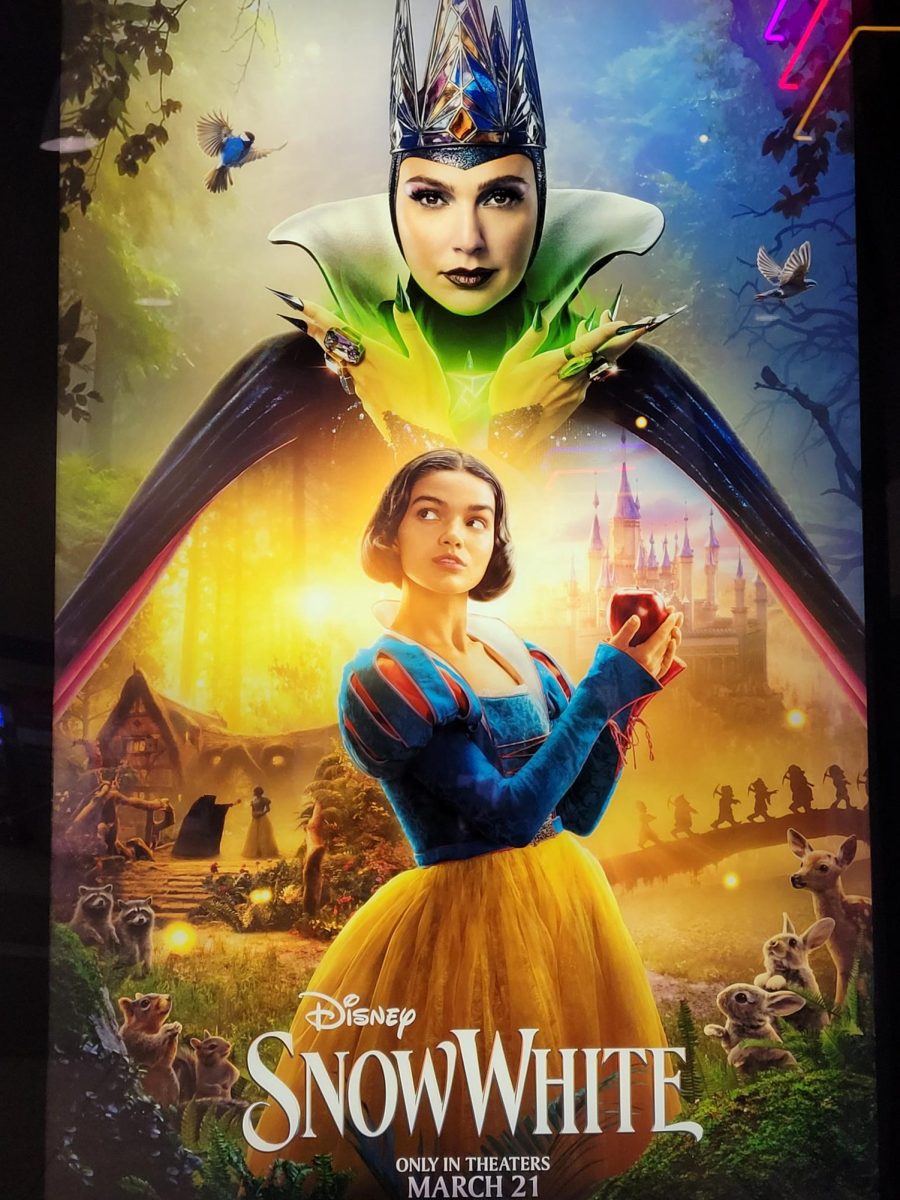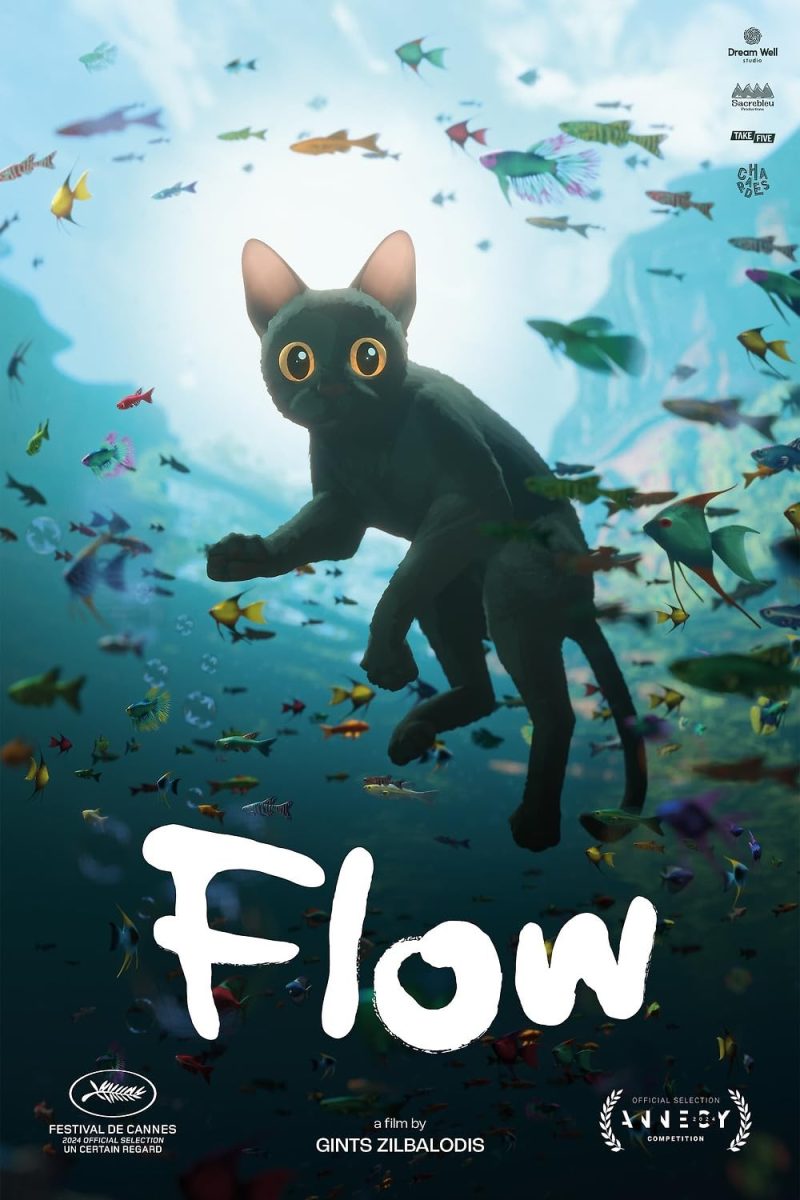Have you ever read a book or played a video game and then, when a movie adaptation finally comes out you see it and think to yourself: Why did they change all of that? But: does changing a lot necessarily make the adaptation you saw bad?
The Shining was written in 1977 by Stephen King. It is about a family (Jack, Wendy, and Danny Torrence) who are tasked with the caretaking of the Overlook Hotel, a grandiose and ominous hotel which has been closed for the winter. It was quickly made into a film directed by Stanley Kubrick and written by Kubrick and Diane Johnson (1980). The book and the movie are famous for being very different.
One main difference between the two is the portrayal of one of the main characters, Wendy (Played by Shelley Duvall), the wife of Jack and the mother of Danny. In the movie, Kubrick interpreted Wendy as very emotional, while in the book, Wendy is shown to be more resilient and tough. King has expressed dislike of Kubrick’s view of Wendy, noting it as misogynistic (BBC).
So why did Kubrick go against the book in this way? Maybe he wanted to add more of a sense of chaos within the film, and Wendy was shown to be a great vessel for that. By adding this chaos, perhaps it allowed for more of a disturbing experience for the viewer that just wouldn’t have been fully captured if Kubrick translated the book straight to the movie. So in this instance, changing a key aspect of a story when adapting actually added more to the piece of media.
An interesting example of how a writer/director created something that was simultaneously faithful to two different forms of a story is actually The Shining’s sequel, Doctor Sleep. Writer/director Mike Flanagan chose to incorporate aspects of the two Shining books by King and the original movie by Kubrick. This was very difficult for Flanagan due to the changes Kubrick had made when adapting the original book. Flanagan ended up creating something that used aspects from all three sources and still followed as a great sequel to the movie and the book. King even said that he liked how Flanagan was able to combine the two stories (BBC).
Another famous adaptation is Fight Club. It is a 1996 book by Chuck Palahniuk interpreted into a 1999 film of the same name, directed by David Fincher and written by Jim Uhls. It is about an insomniac who meets a soap-salesman; together they create an underground fight club. The adaptation of Fight Club from book to movie is an example of a very faithful conversion, and I think this works out very well for both the book and the film.
The film respects Palahniuk’s book and yet adds a strong base that you get from making a film out of a successful piece of media. Obviously, aspects had to be cut or added, but by keeping a strong faithful adaptation whilst adding new elements, allowed for a much better story.
The original author, Palahniuk, stated in an interview with DVDtalk that he was “…sort of embarrassed of the book, because the movie had streamlined the plot and made it so much more effective and made connections that [he] had never thought to make.” This faithful adaptation with different interpretations of the source material allowed for a great movie.
So: do adaptations have to be faithful to be good? I don’t think so. There should obviously be a certain level of faithfulness to respect the original work, but the new piece of media made shouldn’t be a direct copy. At the very least some things need to be changed when adapting to allow a fresh take of the source material. This makes room for a new and refreshing interpretation.

